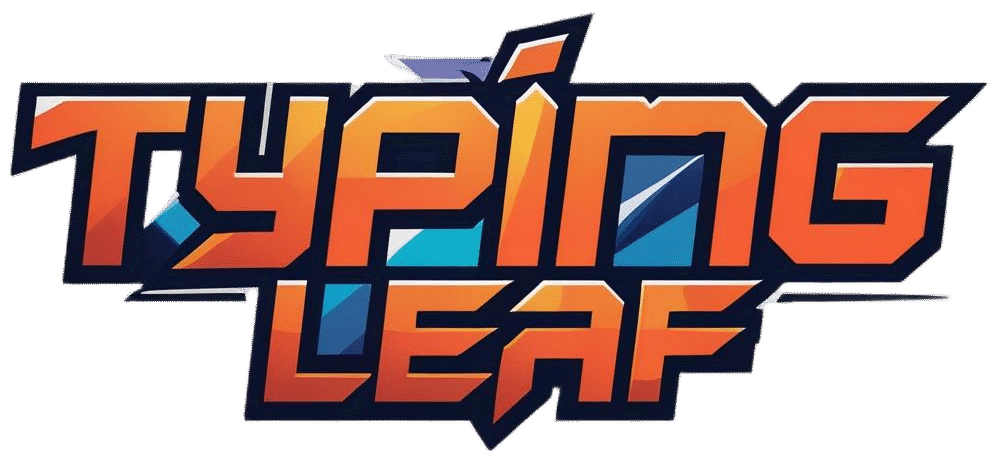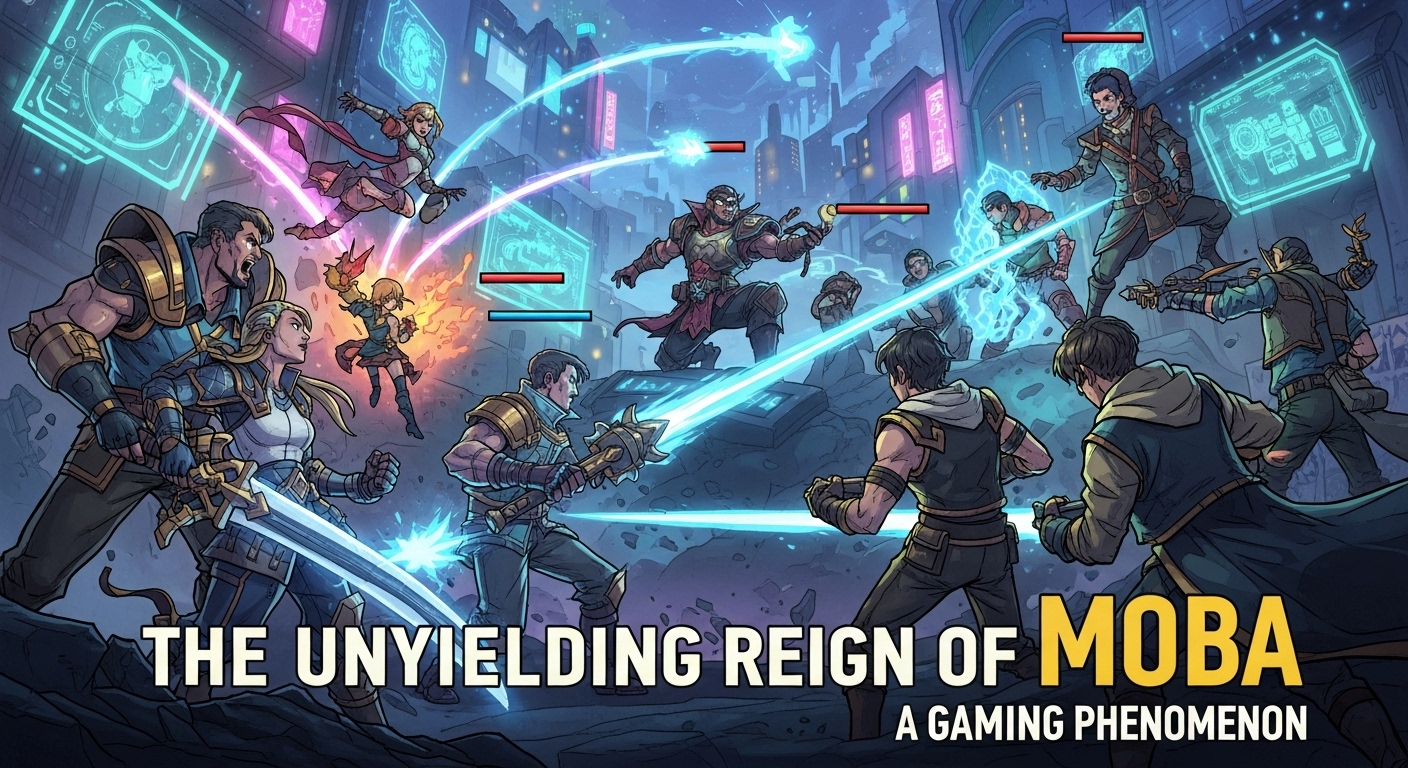In the ever-evolving landscape of video games, one genre has consistently held its ground, captivating millions with its unique blend of strategy, action, and teamwork: the Multiplayer Online Battle Arena, or MOBA. From humble beginnings as custom maps, MOBAs have blossomed into a global esports powerhouse, defining competitive gaming for a generation.
What is a MOBA?
At its core, a MOBA pits two teams of players against each other on a structured battlefield. Each player controls a single, powerful “hero” or “champion” with unique abilities that grow stronger throughout the match. The primary objective is typically to destroy the enemy team’s main structure, often referred to as a “Nexus” or “Ancient,” while simultaneously defending one’s own.
MOBA gameplay is characterized by:
- Lane-based Combat: The map is usually divided into multiple “lanes” where automated, computer-controlled units (minions or creeps) constantly march towards the enemy base. Players engage in combat in these lanes, “last-hitting” enemy minions to gain gold and experience.
- Hero Progression: Throughout a match, players earn experience points to level up their heroes, unlocking new abilities and strengthening existing ones. Gold acquired from last-hitting, killing enemy heroes, and completing objectives is used to purchase powerful items that further enhance their character’s stats and capabilities.
- Team Coordination: Success in a MOBA hinges on effective teamwork. Players must coordinate their strategies, communicate effectively, and leverage their hero’s unique strengths to outmaneuver and overpower the opposing team. Roles like “tank,” “marksman,” “mage,” “support,” and “assassin” demand specific playstyles and cooperation.
- Strategic Depth: Beyond individual skill, MOBAs require significant strategic thinking. This includes map awareness, objective control (like capturing jungle camps or neutral monsters for buffs), timing abilities, and making decisive calls on when to engage or retreat.
A Brief History: From Mod to Mainstream
The roots of the MOBA genre can be traced back to the late 1990s and early 2000s, emerging from the modding communities of real-time strategy (RTS) games. While games like Herzog Zwei (1989) and Future Cop: LAPD (1998) featured similar concepts, it was Aeon of Strife, a custom map for Blizzard’s StarCraft (2002), that truly laid the groundwork.
However, the genre truly exploded with Defense of the Ancients (DotA), a custom map for Warcraft III (2003). DotA refined the core mechanics, introducing a diverse roster of heroes, an intricate item system, and a competitive framework that resonated deeply with players. DotA’s immense popularity inspired numerous independent developers and eventually led to the creation of the two titans of the genre:
- League of Legends (LoL): Released by Riot Games in 2009, League of Legends quickly became a global phenomenon, democratizing the MOBA experience with its free-to-play model and accessible gameplay. It remains one of the most played and watched video games worldwide.
- Dota 2: Developed by Valve Corporation and released in 2013, Dota 2 is the official standalone sequel to the original DotA mod. Known for its deeper complexity and higher skill ceiling, Dota 2 also commands a massive player base and a highly lucrative esports scene.
Beyond these giants, the MOBA landscape has diversified, with titles like Smite (offering a third-person perspective), Heroes of the Storm (Blizzard’s take on the genre featuring characters from their various franchises), and a booming mobile MOBA market spearheaded by games like Mobile Legends: Bang Bang and Honor of Kings.
The Esports Colossus
Perhaps the most significant impact of the MOBA genre is its undeniable dominance in the esports arena. MOBA titles consistently boast some of the largest prize pools, highest viewership numbers, and most dedicated fan bases in competitive gaming. The League of Legends World Championship and Dota 2’s The International are annual spectacles that draw millions of viewers, rivaling traditional sporting events in scale and excitement.
Professional MOBA players are revered athletes, commanding significant salaries and sponsorships. The intense strategic depth, individual mechanical skill, and high-stakes team play inherent in MOBAs make them incredibly engaging for both participants and spectators.
The Enduring Appeal
The enduring popularity of MOBAs can be attributed to several factors:
- Depth and Replayability: The vast number of heroes, item combinations, and strategic possibilities ensures that no two matches are exactly alike, offering limitless replayability.
- Skill Progression: The constant opportunity to improve mechanical skills, game knowledge, and strategic understanding provides a deeply rewarding experience for players.
- Community and Social Interaction: MOBAs are inherently social games, fostering strong communities and friendships through cooperative play and competitive rivalry.
- Spectator Sport: The clear objectives, distinct roles, and climactic team fights make MOBAs highly entertaining to watch, contributing to their esports success.
While challenges like toxicity within communities and the demanding learning curve for new players exist, the MOBA genre shows no signs of slowing down. As technology advances, with discussions even turning to the potential of MOBA in virtual reality, the future of these battle arenas appears as dynamic and captivating as the games themselves.

